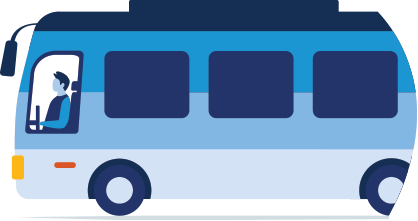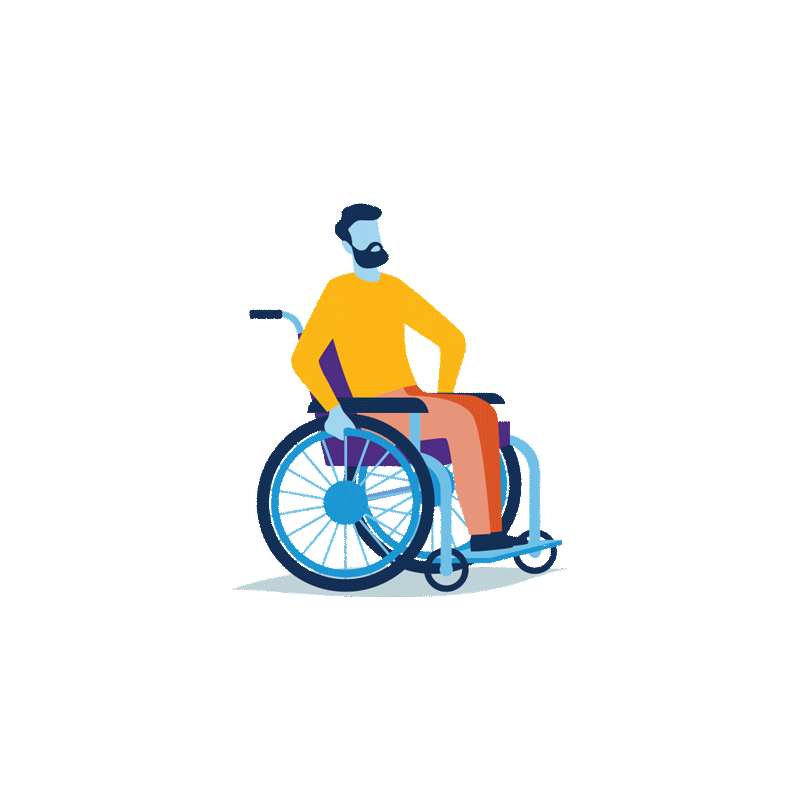
Welcome! We're Happy You're Here!
If you need this survey in a different format, please reach out to us at info@denvermoveseveryone.com or call 303-524-8340.Thank you for helping us shape transportation in Denver. If this is your first-time hearing about Denver Moves Everyone – welcome! If you’ve provided input on previous phases - thank you!
Denver Moves Everyone 2050 is a citywide plan for the future of transportation in our city, where everyone can get where they need to go - safely, conveniently, equitably, and sustainably. Please spend 15 minutes with us to learn about how transportation in Denver is funded and let us know what we can improve in your neighborhood and across the city.

-
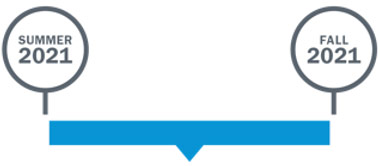 Summer 2021 to Fall 2021
Summer 2021 to Fall 2021
Setting the Foundation
Where are we now
- and -
what do we value? -
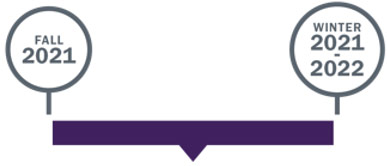 Fall 2021 to Winter 2021/2022
Fall 2021 to Winter 2021/2022
Finding the Path Forward
Where are we going
- and -
what do we want to be? -
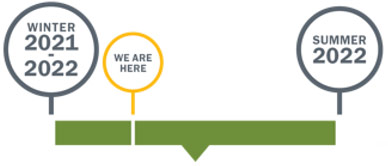 Winter 2021/2022 to Summer 2022 (we are here)
Winter 2021/2022 to Summer 2022 (we are here)
Programming & Phasing
How are we getting there?
-
 Summer 2022 to Fall 2022
Summer 2022 to Fall 2022
Tracking Our Progress
How are we doing?
How to Navigate
- Use the Back and Next buttons at the bottom of each screen to continue or go back.
- Be sure to hit Submit after questions and activities so your feedback is included in our final Denver Moves Everyone plan.

The State of Our System
Denver Moves Everyone State of the System report illuminates Denver's challenges and opportunities in creating a complete transportation system that moves everyone and everything. Transportation investments are needed to close the gap between where we want to be - our goals - and our system today.
Critical gaps and challenges across each of Denver Moves Everyone goals are highlighted below. Want to learn more? Click here to review the State of the System.
People in Denver who identify as Black, Indigenous, or a Person of Color (BIPOC) and lower-income residents have longer commute times, drive less, and spend more on transportation.

75% of all vehicle trips in Denver are people commuting to and from work.
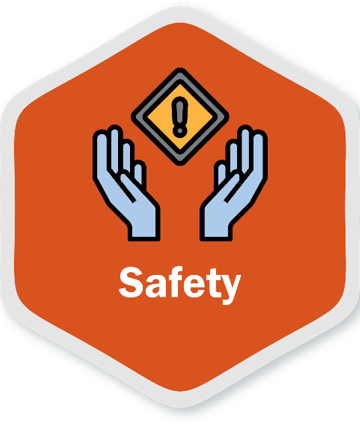
50% of all traffic crashes resulting in serious injury or death happen on just 5% of Denver's streets.

Transportation is the #1 source of air pollution and the #2 largest generator of greenhouse gases in Denver.
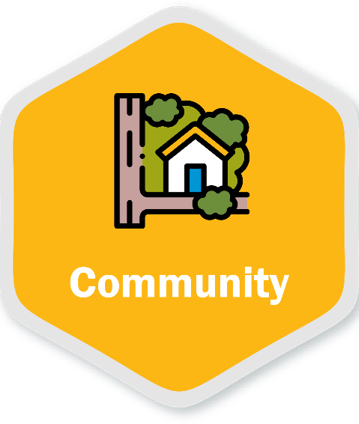
Today, 80% of Denver's transportation infrastructure is dedicated to moving vehicles. Just 20% of our system works to move pedestrians, bicyclists, buses and trains.

20% of pavement on Denver's streets is in poor condition today, but over 40% of sidewalks and trails are in poor condition.
Denver's BIPOC and lower-income residents are more likely to rely on public transit to get around. Yet, today riding a bus or train is 2.5 times slower than driving in Denver.
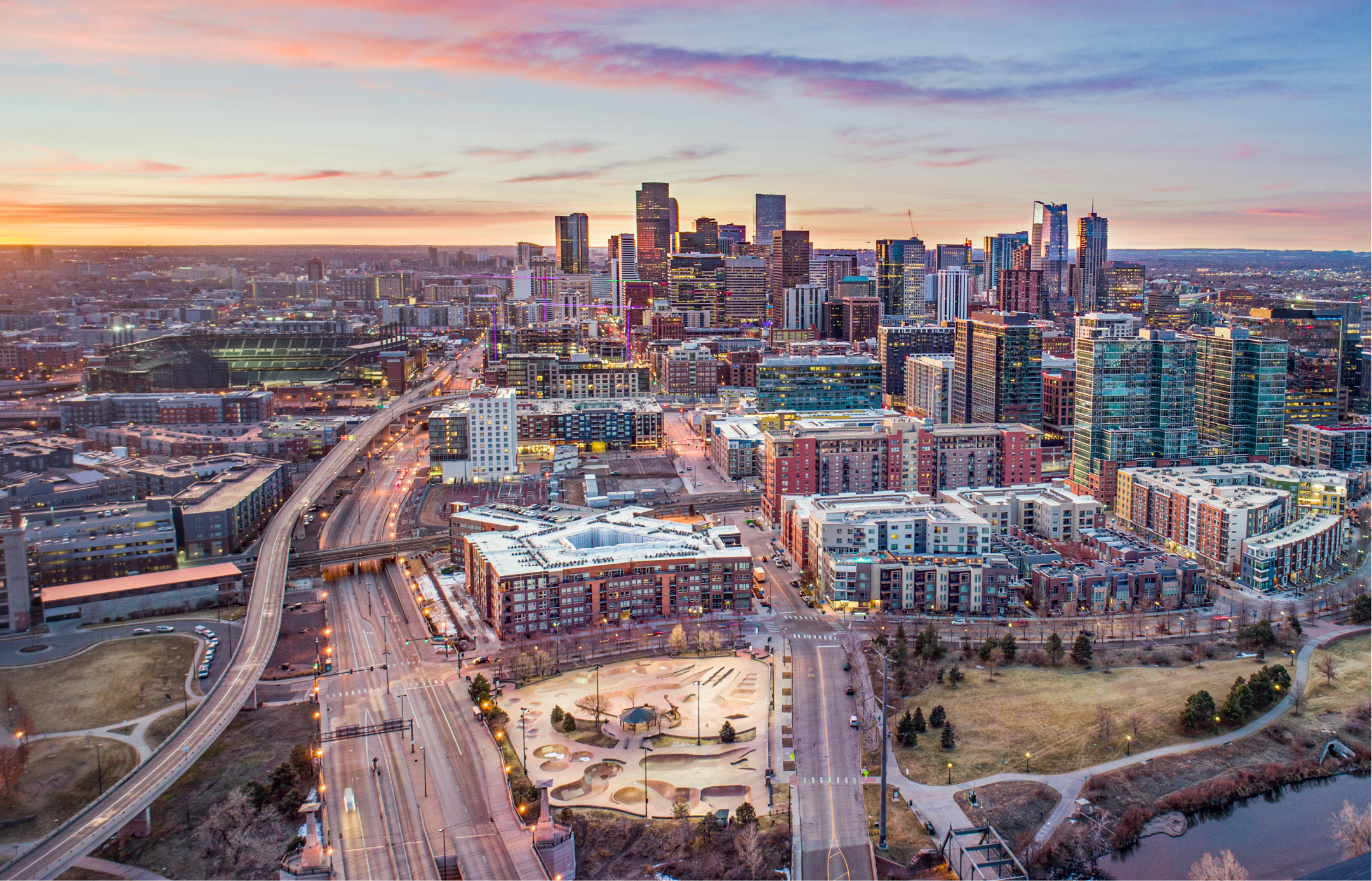
You Spoke, We Listened
Over the past nine months, thousands of Denverites have weighed in on Denver Moves Everyone. Your input shaped our transportation vision for Denver in 2050.
We recently asked residents to think about the year 2050 and a range of possible futures for Denver. What we heard is the need for a future city that is accessible, comfortable, affordable, and inclusive for all Denverites.
Recommendations are highlighted here and will be included in Denver Moves Everyone as critical actions for the City to advance.
Embed equitable actions to address gaps created by past decisions
Expand culturally-relevant choices to meet the transportation needs of Denver’s diverse neighborhoods
Create community programs that expand affordable access to bus, bicycle, and ridesharing options
Address gentrification by providing affordable transportation and housing choices
Create community-centered spaces, cultural areas, and places just for people
Provide easy and safe options to walk, bicycle, or roll anywhere in all neighborhoods
Make comfortable and well-lit public spaces for everyone including streets, sidewalks, bus stops, and crossings
Advance sustainable choices that connect people with transportation options and connect places through paths and trails
Expand access to new electric mobility and technology options
Advance community-defined safety by slowing traffic near community destinations and providing safe travel options for those with different travel needs

The Cost of Transportation in Denver
Denver Moves Everyone will balance needs across our city to advance the projects that move Denver toward our citywide vision and goals. Balancing priorities means making choices about what improvements to advance. This decision process is important given the costs of making transportation improvements, both big and small.
Click the colored ![]() icons on the map to learn more about the cost of each transportation improvement.
icons on the map to learn more about the cost of each transportation improvement.



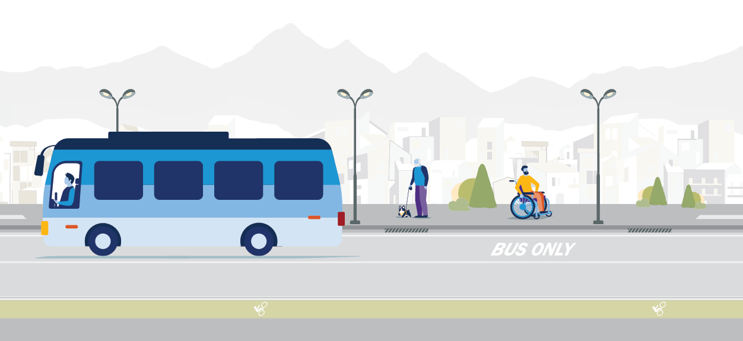

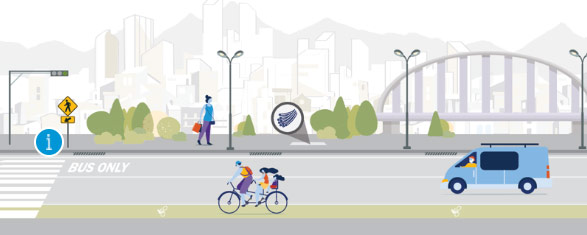
Crossings
$10,000 to $400,000
each
Making it easier and safer for everyone to cross the street can mean making small or big changes.
There are 2,800 intersections along Denver's busiest roadways that do not have a traffic signal.
- Small improvements to curbs and crosswalks can cost $10,000 each.
- Larger changes such as push-button pedestrian signals with lights that stop traffic can cost $400,000 each.


Bikeways
$50,000 to $750,000
per mile
Bike lanes can be developed at low cost, but more comfortable bikeways are more expensive.
There are more than 510 miles of bikeways yet to be completed in Denver.
- Bike lanes marked with paint can cost $50,000 per mile.
- Bikeways that are physically protected from traffic with barriers can cost $750,000 per mile.

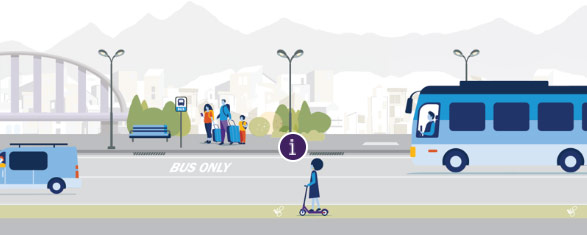
Sidewalks
$1,000,000 to $3,000,000
per mile
Improving sidewalks can be more expensive than you might think.
There are over 1,000 miles of sidewalk in Denver that are missing or need to be widened.
- If the City owns the property, sidewalk reconstruction can cost $1 million a mile, along just one side of a street.
- If property must be purchased new sidewalks can cost as much as $3 million a mile.

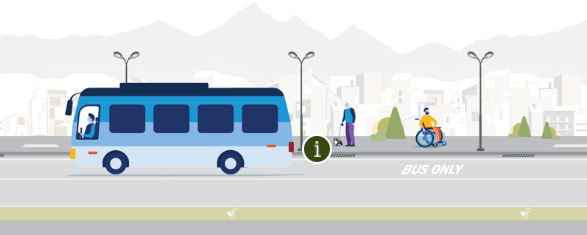
Bus Service
$500,000 – $50,000,000
per mile
Making existing bus routes more reliable or creating new service both require significant investment.
There are more than 20 new transit corridors envisioned for Denver.
- To improve on-time reliability of existing bus routes, improvements such as bus-only lanes or signals just for buses can cost $300,000 per mile.
- To create bus routes with new stations and fast bus service that match the experience of light-rail can cost $10 million to $40 million per mile or more.
How Should We Prioritize Improvements?
Let us know what is most important in your neighborhood.
Through past Denver Moves plans, Denverites have helped prioritize where and what improvements can be made to Denver's transportation system. The costs of transportation projects means that we must make hard choices among all the great investments envisioned for our city. We now need your help in balancing priorities and understanding your preferences for how we improve mobility across Denver.
Let us know what type of improvements are most important to you in your neighborhood. Or if you don't live in Denver, the neighborhood you work in or spend the most time in. Your responses will directly inform how Denver prioritizes future transportation investments.
The comment period has now ended.
Transportation Funding in Denver
Where does transportation funding come from?
Transportation is primarily funded by property taxes, general fund transfers, grants from state and regional agencies, and bond programs approved by voters. Denverites contribute about $16 a month in taxes to fund Denver's transportation system.


Voter Approved Bonds
Denver voters periodically approve bonds that are repaid without raising taxes or fees
Grants
Denver competes for grants from other agencies which are often funded by the federal and state gas taxes paid at the pump
Property Taxes
Most funding for infrastructure improvements comes from property taxes paid by all residents and business owners in Denver
Sales Taxes and Fees
Some state gas taxes, sales taxes, parking fines, permits, and other fees support transportation in Denver
How is transportation funding spent?
Today, 75% of Denver's transportation funding is invested in operating or maintaining the function of existing infrastructure. Just 25% goes to expanding or improving the system to create new connections or travel choices.

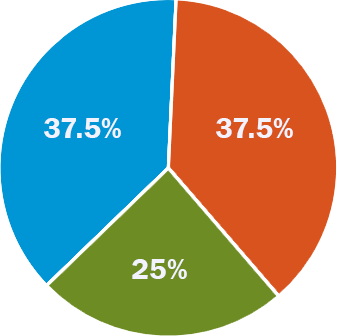
Operating Denver's System
Maintaining Denver's System
Improving Denver's System
Expanding Denver's System
Operating streets means having the people and tools needed to keep our streets going. This includes the equipment used to construct and maintain streets, as well as the staff who keep the system running. As Denver grows, a bigger crew of people and more tools are needed to keep the system running smoothly.
Maintaining streets means fixing things like cracks, potholes, and broken signs to keep them in good shape. It also means clearing snow and sweeping streets and bikeways to keep them clean. It means big projects too, like fixing traffic lights and bridges. As the transportation system grows, more maintenance dollars are needed to keep a larger system in good shape.
Improving streets means making our existing network of streets, sidewalks, bikeways, and transit lines work better. Examples are making a slow bus faster, a narrow bike lane wider and more comfortable, and replacing a narrow sidewalk with a wide one with big trees for shade. All these parts of the street existed — but improvements were made to make these parts of the street work better.
Expanding streets means providing new travel options that didn't exist before to connect more places. Examples include adding new bus routes, new bikeways, and new sidewalks to streets that didn't have these things. As a city grows, a bigger system with more options in new places helps to move more people.
What Are Your Spending Priorities?
Thinking about the information provided on how much transportation improvements cost and how transportation is currently funded, tell us how you would spend Denver's limited funds. You can spend only $100 on transportation improvements. For each priority area, choose one spending level of Low, Medium or High based on the outcome examples provided and what that might mean to you. Balance your priorities and set your own budget. Remember that you can spend only $100. Once you have decided, click submit so we know what you want Denver to spend more or less on.
The comment period has now ended.

Tell Us More About You
We really want to hear from every resident. Can you share a little about yourself to help us make sure we are including everyone?
The comment period has now ended.
Thank You For Taking the Time to Help Us!
Your engagement continues to be critical as we move into the final steps of this planning effort. We’ll come back later this fall to share our program of projects that will make Denver a better place to live and travel within.
Visit our website to learn more about the project and previous engagement efforts.
Join us at a virtual public meeting!
Tuesday, May 17
5 p.m. – 6:30 p.m.
Register here: bit.ly/dmepublicmtg3
Be sure to join our distribution list to continue your involvement in this project.
Share this site with your friends, family, and neighbors!



